Table of Contents
Embarking on a culinary journey through Somalia reveals a captivating tapestry of flavors and cultural heritage. The food from Somalia, influenced by East African, Arabian, Indian, and Persian traditions, offers a delightful fusion of tastes. From beloved traditional dishes to tantalizing street cuisine, Somali food is a treasure trove of mouthwatering delights that showcase the richness of its food culture. Let’s dive into this diverse and vibrant world of the food culture of Somalia.
Top Ingredients of the food of Somalia
In Somali cuisine, a rich tapestry of flavors is crafted through the skillful blending of various ingredients. Here is a list of the most frequently used ingredients that underpin the culinary traditions of Somalia:
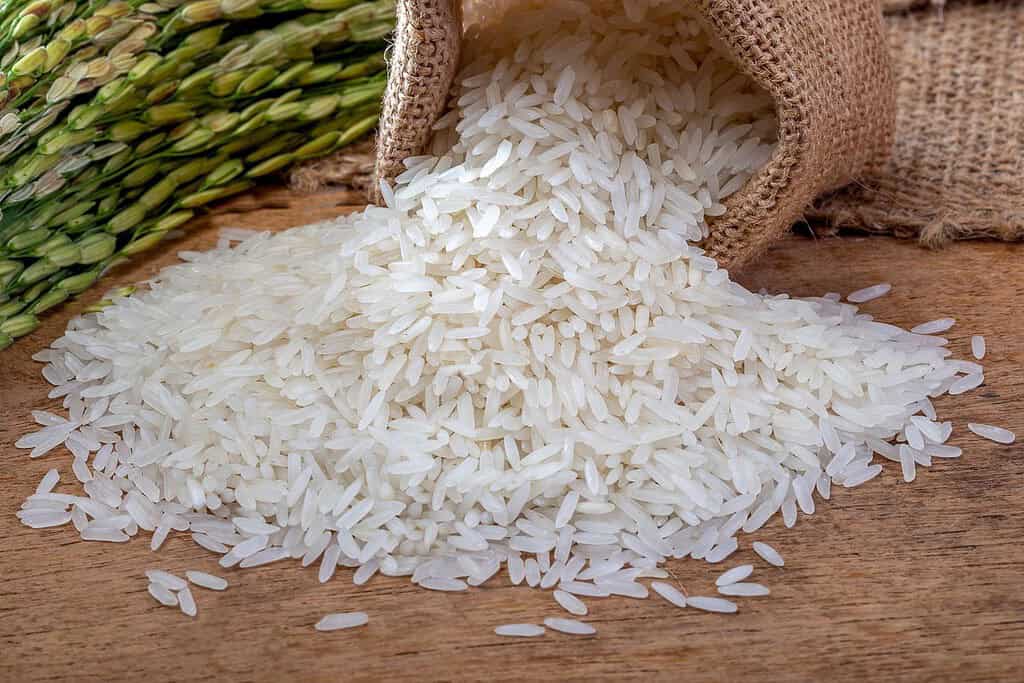
Rice: A fundamental element in Somali cuisine, rice is often paired with a range of dishes and can be prepared in different styles, such as Bariis (spiced rice) or Pilaf (rice cooked with meat and spices).
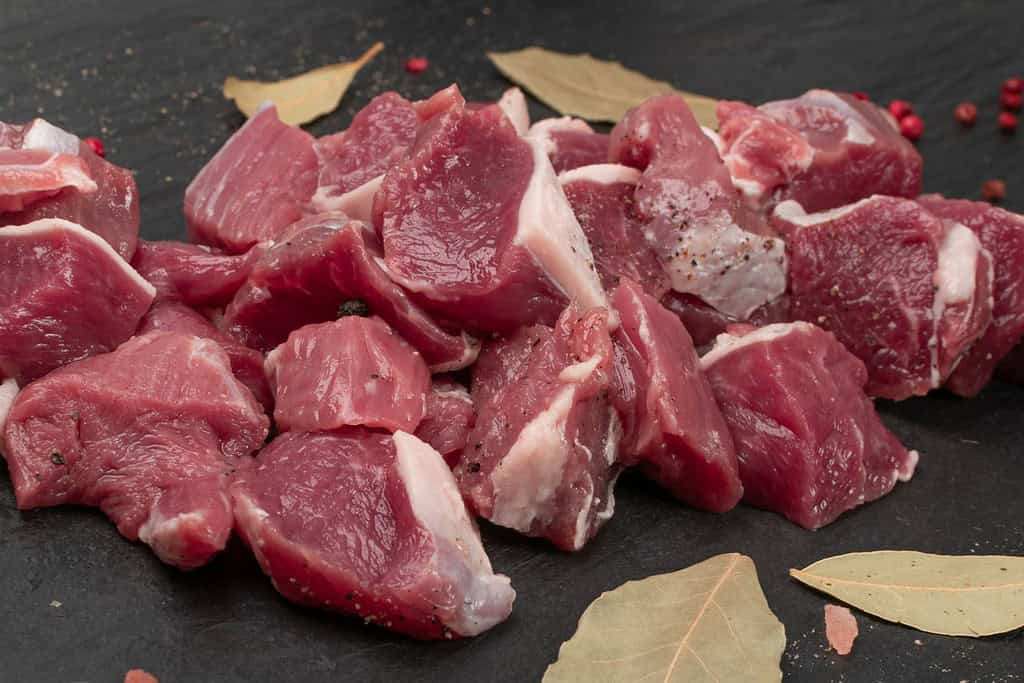
Goat Meat: Goat meat holds a prominent place in Somali gastronomy and is a key component in traditional dishes like Mutton Stew, Bariis Iskukaris (spiced rice with goat meat), and Brochettes.
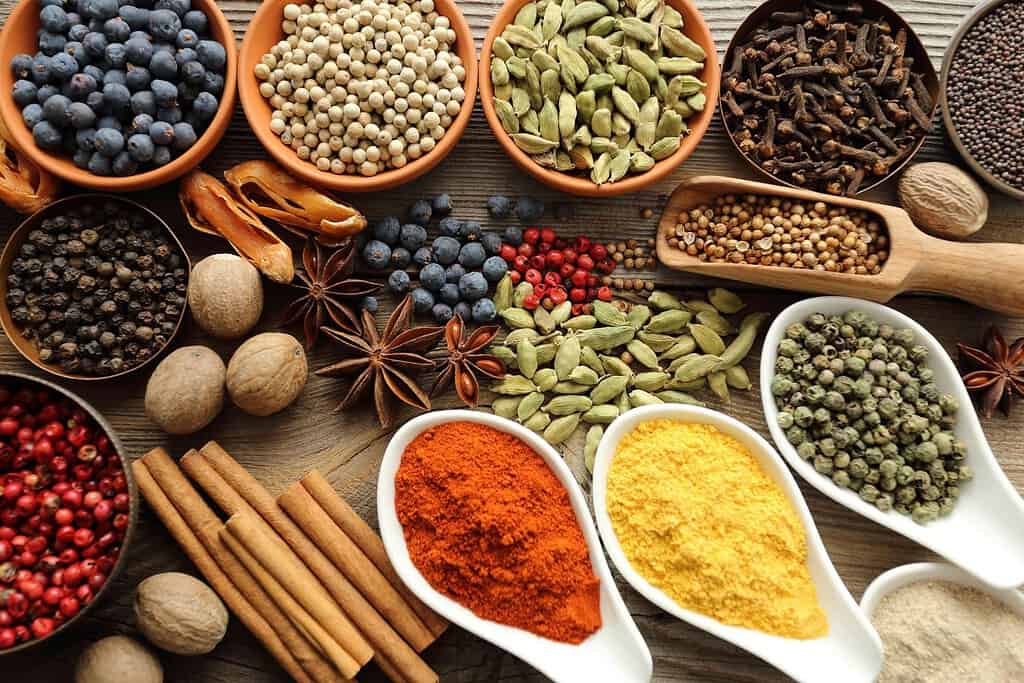
Spices: Somali cuisine boasts an array of aromatic spices, including cumin, coriander, cardamom, cinnamon, and cloves, which infuse depth and flavor into their culinary creations.

Yogurt: Yogurt is an indispensable part of Somali cuisine, serving as a sauce (Bisbas), a beverage (Caday), or a marinade for meat and vegetables.
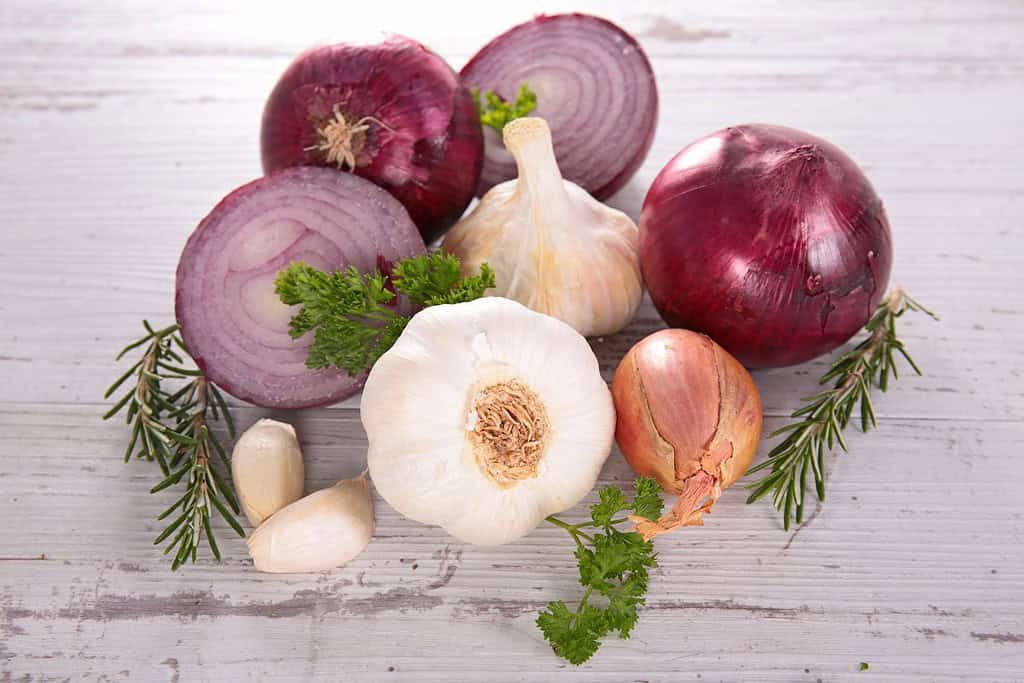
Onions and Garlic: These two ingredients form the foundation of many Somali dishes, imparting a savory base for building flavors.
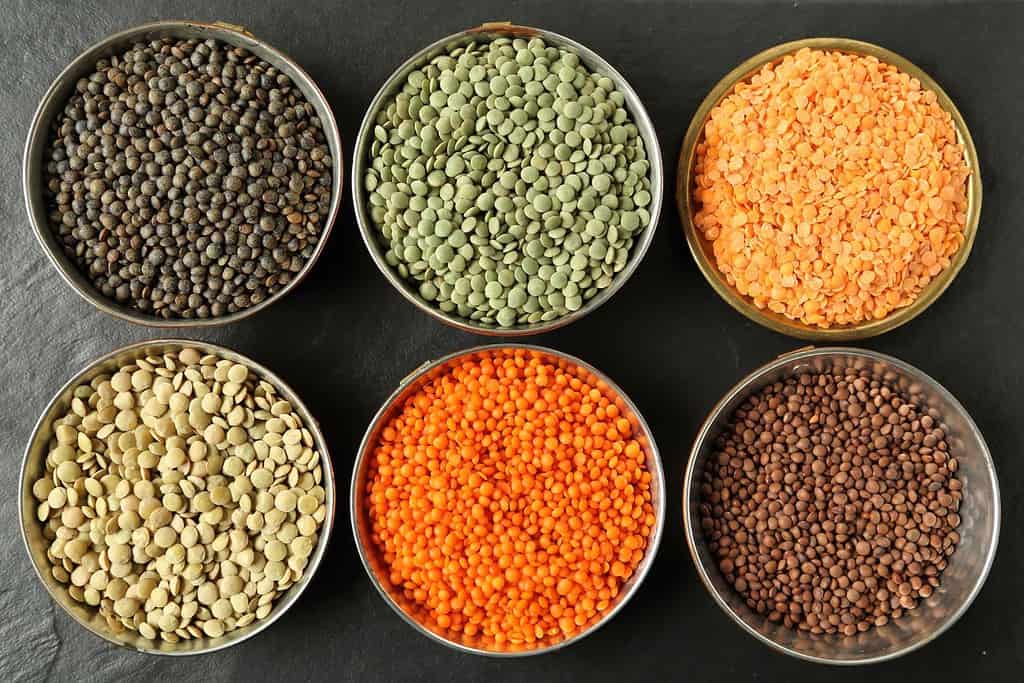
Lentils: Lentils are a versatile ingredient used in soups, stews, and curries like Maraq (lentil soup), contributing a hearty and earthy taste.
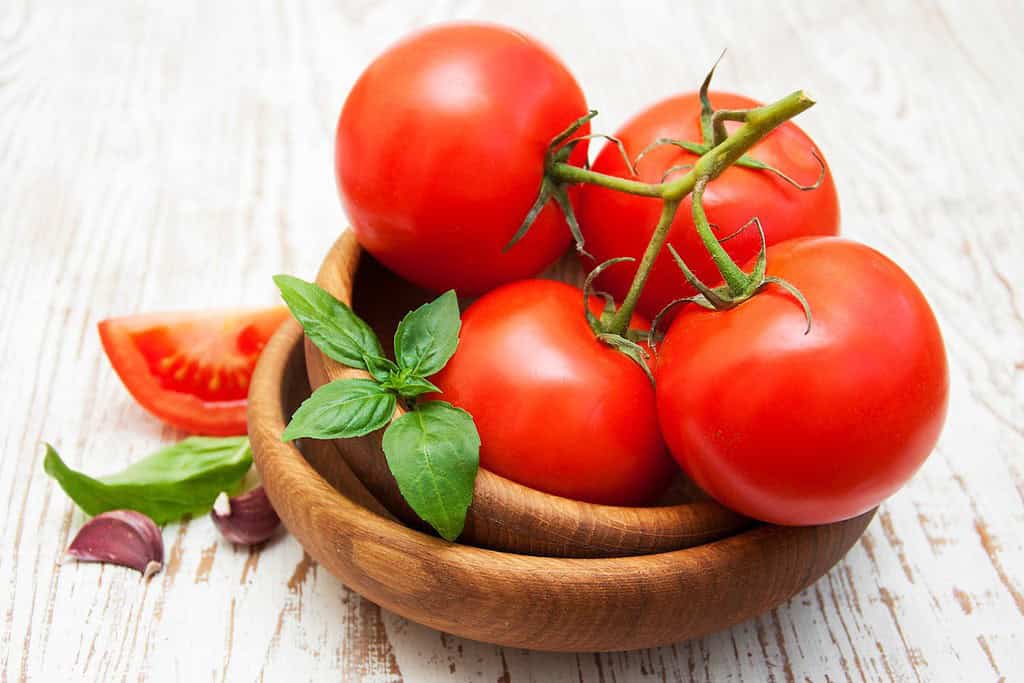
Tomatoes: Tomatoes are frequently utilized in Somali cooking to provide acidity and depth to stews, rice dishes, and salads.
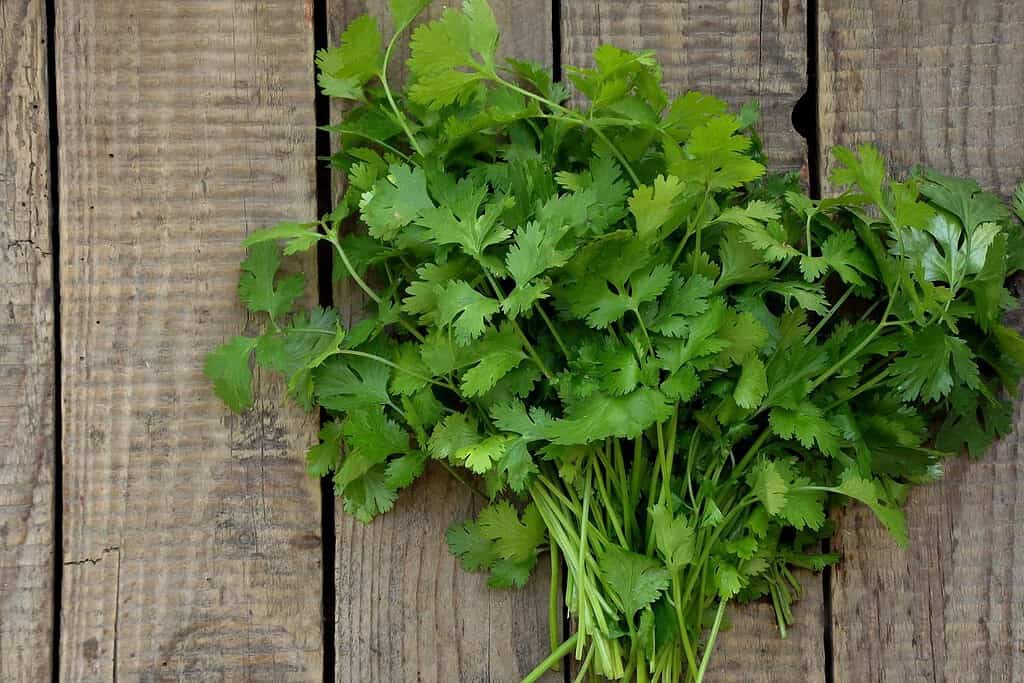
Cilantro: Fresh cilantro is a beloved herb in Somali cuisine, adding a vibrant and aromatic touch to salsas, sauces, and meat dishes.
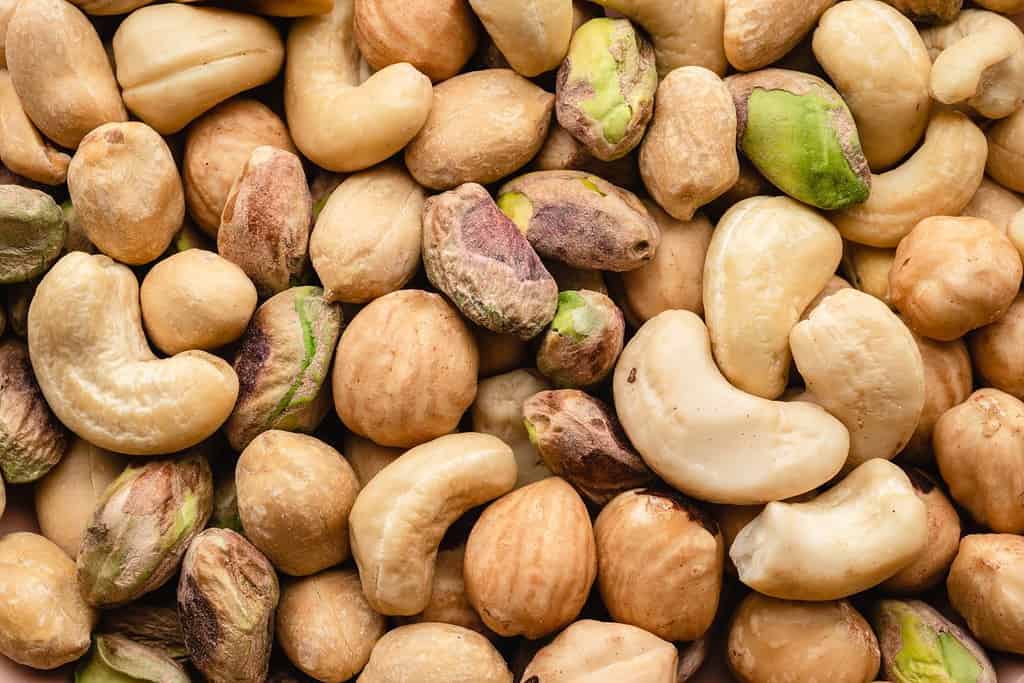
Cashew Nuts and Peanuts: Cashews and peanuts are commonly employed in Somali cooking, bestowing a delightful crunch and nuttiness to various dishes.
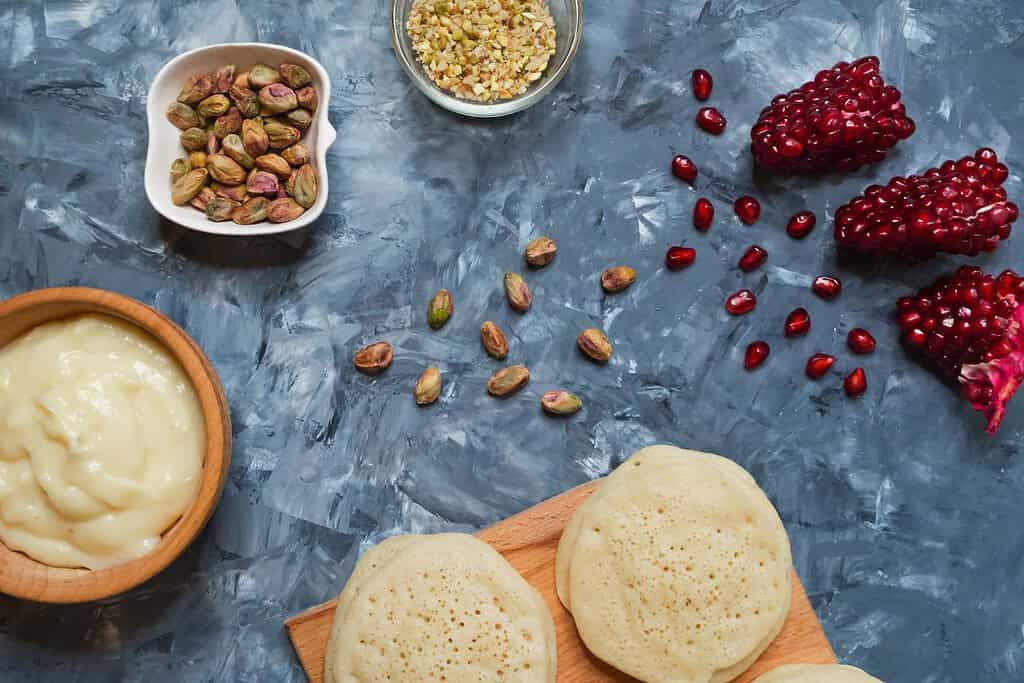
Somali Flatbread (Canjeero): Bread is a significant component of Somali meals, and Canjeero, a spongy, fermented flatbread, is a staple that accompanies nearly every dish, serving as a utensil to scoop up sauces and gravies.
These ingredients, along with an assortment of herbs, spices, and locally sourced produce, contribute to the diverse and enchanting flavors found in Somali culinary traditions.
The diversity of food from Somali cuisine
Somali cuisine offers a captivating variety of flavors and dishes that reflect the nation’s rich history and cultural diversity. Influenced by East African, Arab, and Indian culinary traditions, Somali food presents a unique blend of ingredients and cooking techniques. One of the most renowned dishes is Bariis iskukaris, a fragrant combination of long-grain rice cooked with tender goat or lamb meat, aromatic spices, and sweet caramelized onions and raisins. This dish is a symbol of Somali hospitality and is often served at festive occasions. Another beloved Somali specialty is Sambusa, crispy fried pastries filled with spiced ground meat or vegetables, served with a zesty dipping sauce.
The heartiness of Somali cuisine is exemplified in its grilled Mishkaki, skewers of marinated meat, such as goat, chicken, or beef, cooked to perfection with a flavorful blend of spices. The country’s love for stews is evident in Suugo, a savory mixture of meat, vegetables, and an array of spices, usually accompanied by rice or pasta. For a vegetarian option, Iskudheh karis stands out, featuring lentils cooked with garlic, onions, and spices, served with steamed rice. Another popular choice is Rooti, a Somali flatbread often enjoyed with a side of stew or grilled meat.
Satisfying the sweet tooth, Somali cuisine offers delightful desserts like Xalwo, a sweet confection made from sugar, ghee, and aromatic spices, garnished with colorful sprinkles and nuts. The diversity of Somali food is further showcased in its regional specialties, with each area highlighting distinct recipes and culinary methods. Whether indulging in the succulent flavors of Mishkaki or relishing the comforting taste of Suugo, exploring the variety of Somali cuisine is an adventure in cultural richness and gastronomic pleasure.
While visiting beautiful Somalia, you can sample all of the best recipes from Somali cuisine. We have a wide range of tours in Somalia available for you to choose from and explore the country’s culinary delights.
Best Foods in Somalia
Somalia’s culinary traditions offer a delectable range of dishes that excite the taste buds with their flavorful profiles and cultural significance. While it’s difficult to pinpoint an absolute list of the “best” foods, certain dishes hold a special place in Somali cuisine, known for their popularity and cultural importance.
Somali cuisine is renowned for its inventive use of spices, including cumin, coriander, cardamom, turmeric, cloves, cinnamon, ginger, garlic, chilies, saffron, black pepper, and dried mint, which infuse its dishes with rich flavors and aromas. The outcome is a harmonious fusion of fragrant spices and vibrant herbs that distinguish Somali cuisine as truly extraordinary.
Most famous Somali foods
Here are the top most famous foods in Somalia that have garnered recognition both locally and internationally:

Bariis Iskukaris: Considered a national dish of Somalia, Bariis Iskukaris is a fragrant rice dish featuring long-grain rice cooked with tender goat or chicken, aromatic spices, and sometimes caramelized onions and vegetables. This dish exemplifies a perfect balance of flavors and is often served at special occasions and gatherings.
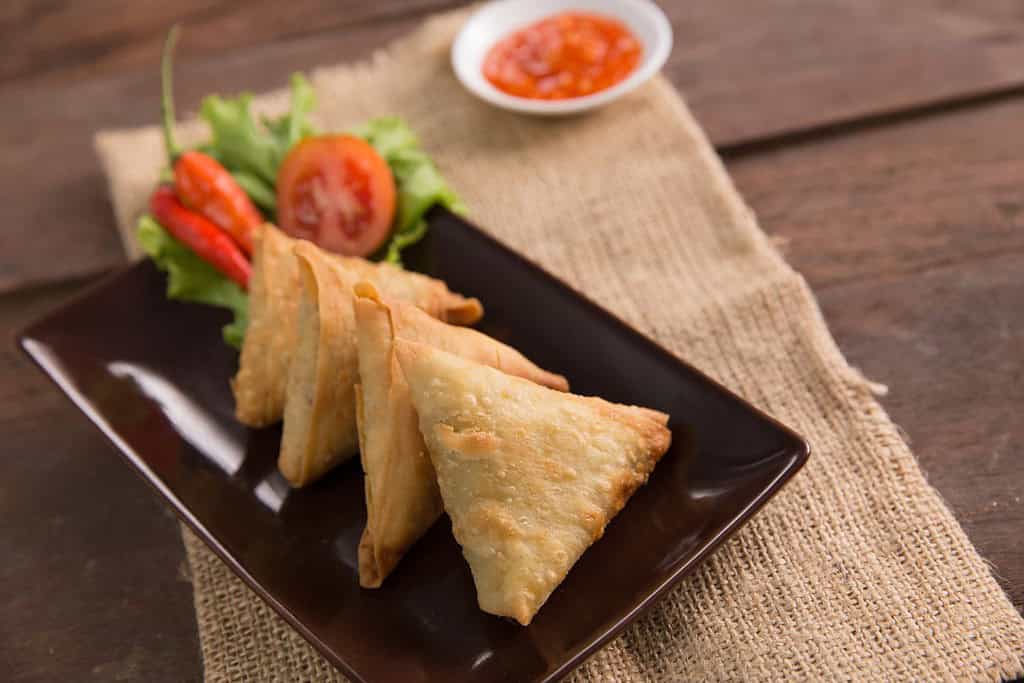
Sambusa: A symbol of Somali hospitality, Sambusa are crispy triangular pastries filled with spiced ground meat (often beef or goat), onions, and sometimes vegetables. These savory delights are deep-fried to golden perfection and served with a spicy dipping sauce, creating a burst of delicious flavors.

Suqaar: Somali Suqaar is a sautéed dish prepared with small pieces of meat (often beef or chicken), diced vegetables, and a blend of aromatic spices. It’s typically enjoyed with rice or flatbread, and regional variations in recipes add to its diversity.
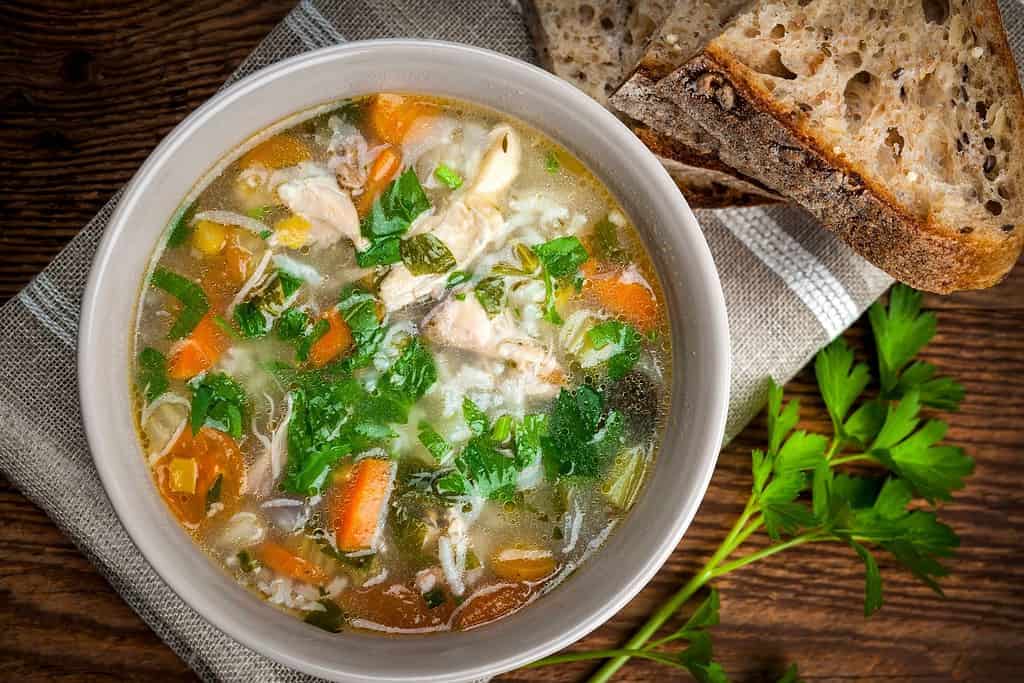
Maraq: Maraq is a hearty Somali soup or stew, typically made with meat (often goat or beef), vegetables, and a mix of spices. It’s a comforting and nutritious dish enjoyed with bread or rice, and different regions have their own unique twists on the recipe.
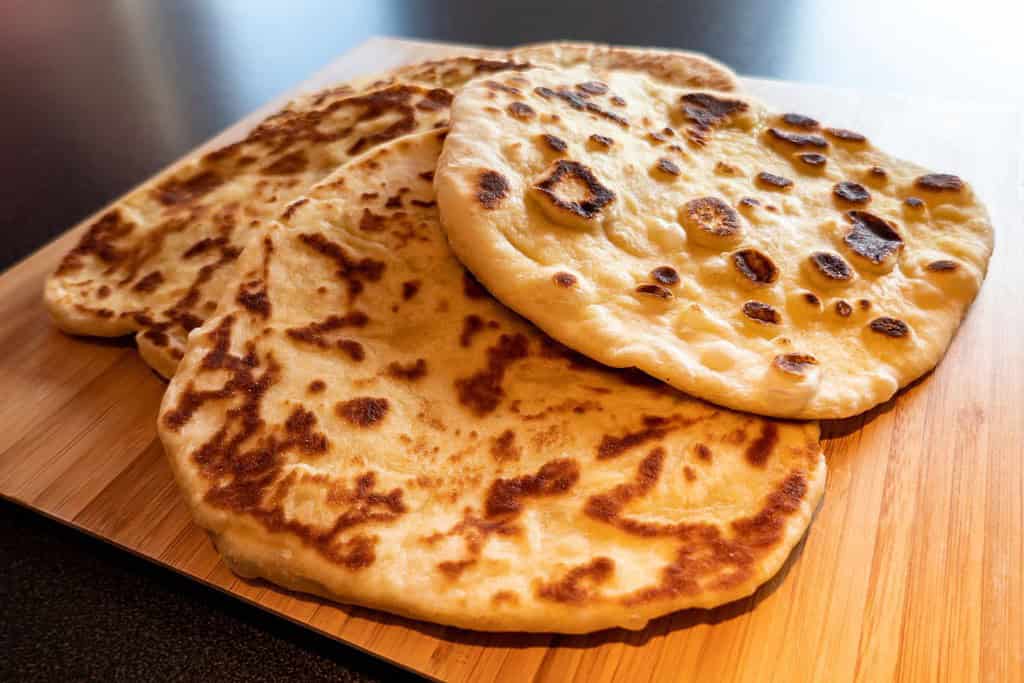
Muufo: Muufo is another type of Somali flatbread made from wheat flour and cooked on a griddle. It’s similar to Indian naan or Middle Eastern flatbreads and is often served as a side with various Somali dishes.
These renowned Somali dishes showcase the rich culinary heritage of Somalia, offering a delightful blend of flavors and ingredients. They are cherished not only within Somalia but also among food enthusiasts worldwide.
Somali Desserts
Somali desserts provide a delightful conclusion to a satisfying meal, showcasing a blend of sweet flavors and delicate textures deeply rooted in Somali culture. These desserts are often enjoyed during celebrations, festivals, and special occasions. Some popular Somali desserts include:
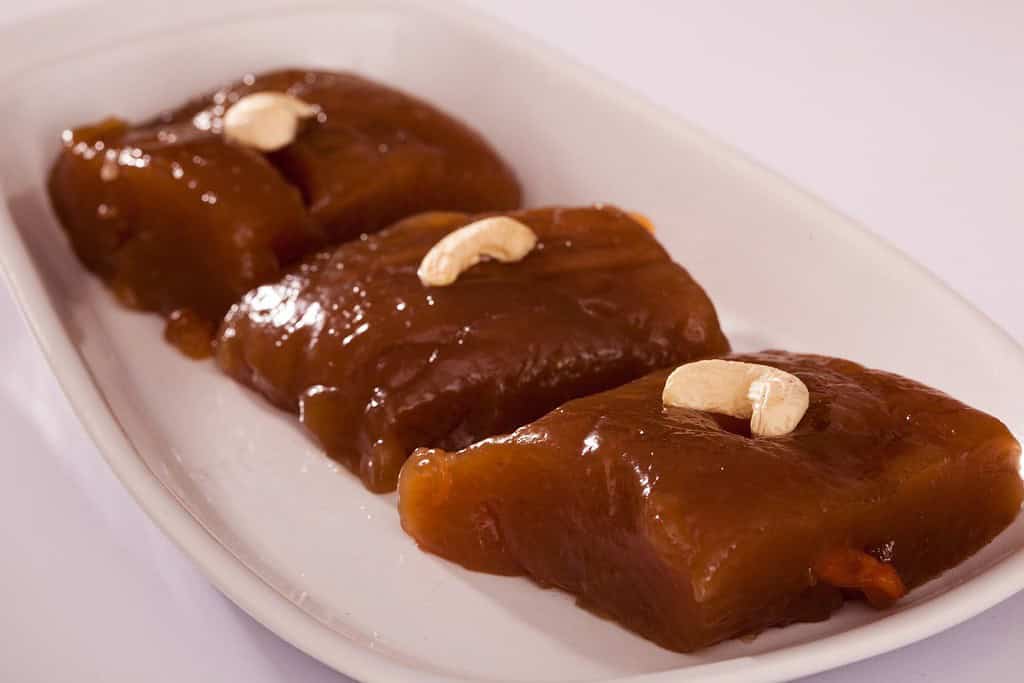
Xalwo (Halwa): Xalwo is one of Somalia’s most cherished desserts, especially during festive gatherings. It is a sweet, dense, and aromatic confection made with sugar, ghee (clarified butter), and a variety of aromatic spices such as cardamom and cloves. Chopped nuts like almonds or cashews are often added for extra flavor and texture.
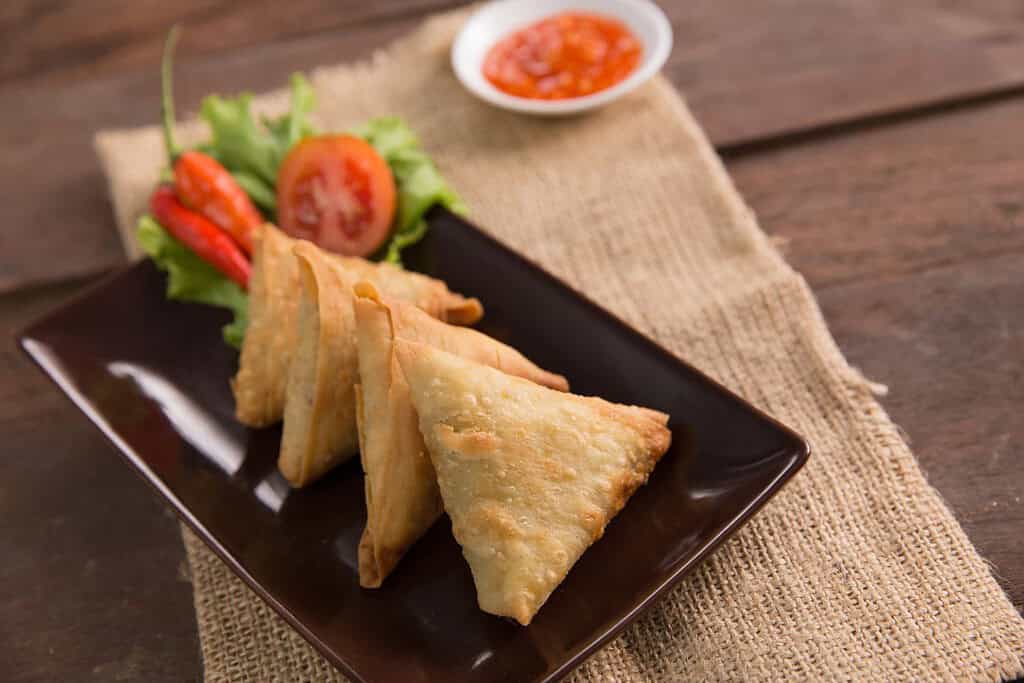
Sambusa Sweet Filling: Sambusa, a popular Somali snack, can also be prepared with sweet fillings. Instead of the usual savory fillings like meat or vegetables, sweet sambuusa can contain ingredients such as dates, coconut, and sugar. They are fried to a golden crisp and dusted with powdered sugar, offering a unique sweet treat.
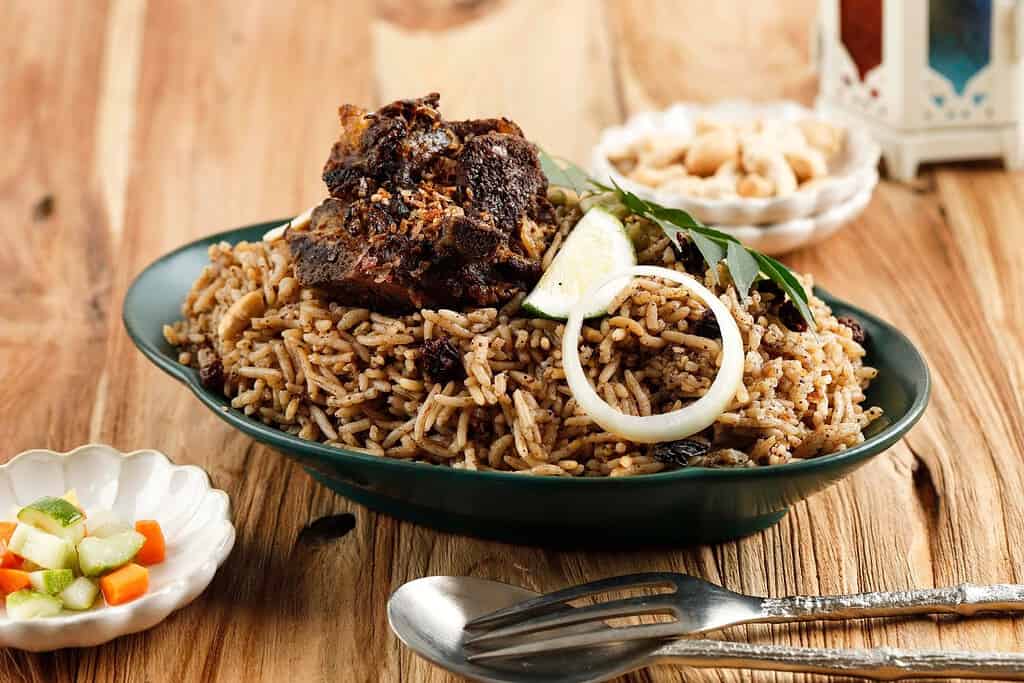
Hilib Ari (Sweet Rice): Hilib Ari is a sweet and creamy rice pudding enjoyed in Somalia. It is made with fragrant rice, milk, sugar, and a touch of cardamom. The dessert is often garnished with slivered almonds, pistachios, or raisins, adding a delightful nutty and fruity contrast.
These Somali desserts celebrate the rich flavors and cultural heritage of Somalia, making them an integral part of the country’s culinary traditions, enjoyed with family and friends during special occasions.
The culture behind Somali food
The culture behind Somali food is deeply rooted in tradition, hospitality, and community. Somali cuisine reflects the country’s rich history and diverse cultural influences, blending elements from Arabian, Indian, East African, and Italian culinary traditions. Food holds significant cultural importance in Somalia and plays a central role in social gatherings, family events, and religious celebrations.
Hospitality is a cornerstone of Somali culture, and sharing food with guests is a deeply ingrained tradition. When visitors arrive at a Somali home, they are warmly welcomed with an array of delicious dishes, reflecting the host’s generosity and desire to make their guests feel at home. Meals are often communal affairs, with everyone seated around a shared platter, emphasizing the importance of togetherness and solidarity in Somali culture.
Also, read:
Mogadishu, Hargeisa, and Kismayo
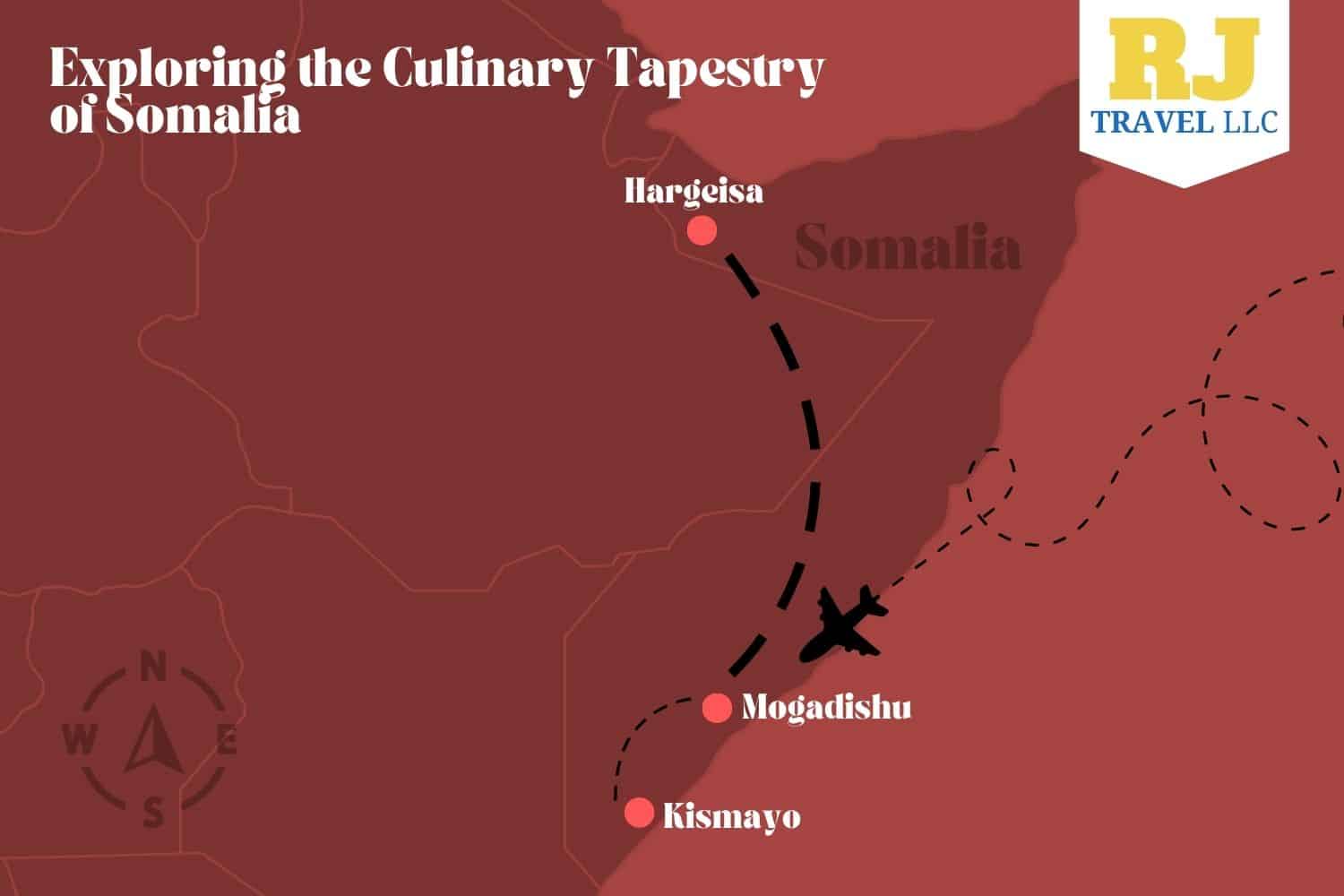
Take a culinary voyage through Mogadishu, Hargeisa, and Kismayo, and immerse yourself in the captivating flavors that have been crafted and cherished for generations in Somalia. Let the traditional foods of each city paint a flavorful picture of Somali culinary diversity, inviting you to savor the unique delights of these remarkable regions.
Within the enchanting world of Somali cuisine, each region brings its own distinct flavors and culinary traditions. Let’s embark on a journey to Mogadishu, Hargeisa, and Kismayo, and discover the delightful differences in their traditional foods.
The differences in dishes from each Somali city can be attributed to a combination of factors, including geography, historical influences, and the majority ethnic group residing in each region. Somalia’s diverse landscape, including coastal areas, arid plains, and fertile regions, has influenced the availability of certain ingredients and agricultural practices in different areas. This, in turn, has contributed to variations in the types of dishes that have evolved in each city.
Mogadishu’s Bariis iyo Hilib Ari features fragrant rice cooked with tender goat or beef, aromatic spices, and a medley of vegetables, reflecting Somali hospitality. Hargeisa’s Lahoh with Maraq takes a flavorful twist on pancakes, served with a spicy stew of meat and vegetables, offering a delightful taste experience. Kismayo’s Suqaar epitomizes coastal flavors with a savory stir-fry of seafood, herbs, and spices, pleasing the palate with bold flavors.
For example, in Mogadishu, being the capital and a hub of trade, the culinary scene is diverse and influenced by a mix of traditions from various regions. Hargeisa, with its proximity to Ethiopia and Djibouti, has culinary influences from these neighboring countries, leading to distinct dishes like Lahoh with Maraq. In Kismayo, the coastal location and maritime heritage influence the cuisine, resulting in seafood-rich dishes like Suqaar.
Comparing the three cities, Mogadishu offers a diverse range of dishes influenced by its cosmopolitan nature, Hargeisa highlights hearty and spiced preparations, and Kismayo tantalizes with seafood delights. Each city showcases its own culinary identity, adding depth to the multifaceted and rich tapestry of Somali cuisine.
Mogadishu

Embarking on our culinary journey in Mogadishu, the capital city of Somalia, we encounter a vibrant food scene influenced by the nation’s rich cultural diversity. The city boasts a delightful blend of traditional Somali dishes and international flavors. As we navigate the lively markets and street food vendors, the scent of freshly baked injera and sizzling meats wafts through the air. Mogadishu’s culinary culture celebrates a fusion of tastes, presenting a wide range of dishes to cater to every palate.
Famous Food from Mogadishu
- Bariis iyo hilib: Fragrant rice cooked with tender lamb or chicken, aromatic spices, and vegetables, representing Somali hospitality.
- Suqaar: A savory stir-fry featuring diced meat, onions, and bell peppers, often paired with flatbread.
- Canjeero: Spongy, fermented pancakes served with a variety of toppings such as honey, butter, or spiced meat.
- Isku-dheh karis: Meat and vegetable stew slow-cooked with an array of spices, served with rice or bread.
- Maraq: A hearty soup made with pasta, vegetables, and enriched with aromatic spices like cumin and coriander.
- Hilib ari: Grilled goat meat seasoned with local spices, a popular street food delicacy.
Hargeisa
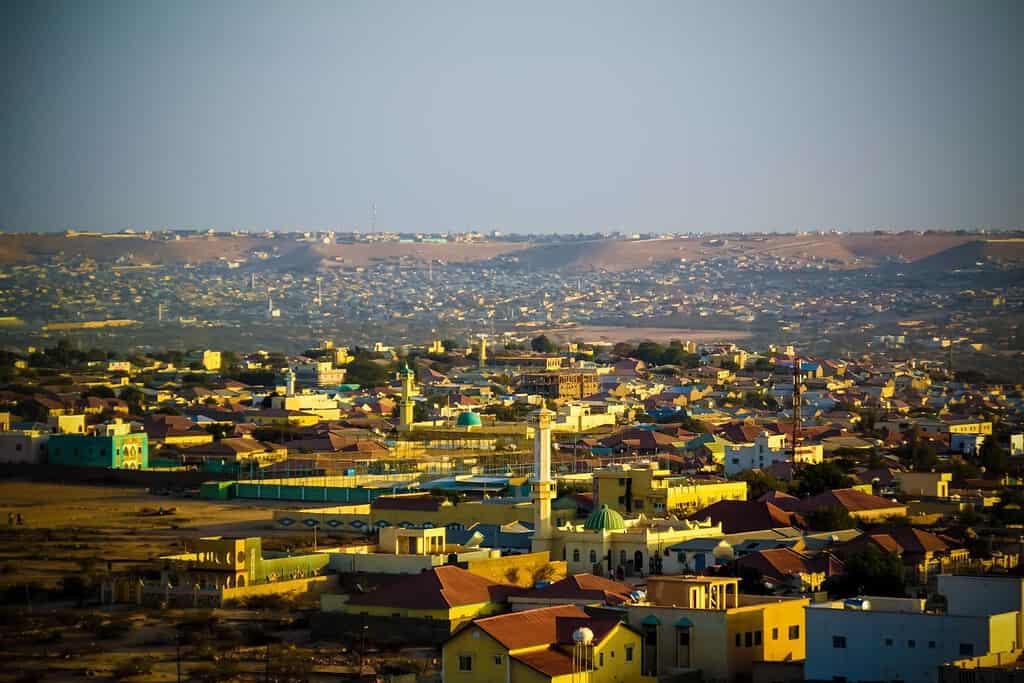
Continuing our culinary exploration to Hargeisa, a city celebrated for its diverse gastronomic traditions, we immerse ourselves in the flavors of Somali cuisine with a focus on hearty meat dishes and flavorful rice preparations. Hargeisan cuisine embraces bold tastes and locally sourced ingredients, offering a unique culinary experience.
Famous Food from Hargeisa
- Rooti: A flatbread commonly served with meat and vegetable dishes.
- Bariis iskukaris: A rice dish cooked with an abundance of vegetables, aromatic spices, and tender meat.
- Sagal agaab: Succulent grilled meat skewers seasoned with herbs and spices, a popular street food.
- Basta: A flavorful pasta dish prepared with tomato sauce, vegetables, and meat, garnished with fresh herbs.
- Caddey: A sweet, syrupy dessert made from fried dough and soaked in sugar syrup, enjoyed as a treat.
Kismayo

Exploring the culinary scene in Kismayo, a coastal city in Somalia known for its vibrant flavors and seafood-rich cuisine. Kismayo’s proximity to the Indian Ocean influences its food culture, with an abundance of fresh seafood and aromatic spices. As we traverse the bustling markets and seaside eateries, the aroma of grilled fish and spicy marinades fills the air. Kismayo’s culinary offerings reflect the coastal heritage and provide a unique dining experience.
Famous Food from Kismayo
- Isku-dheh macsaro: A delicious seafood dish featuring marinated fish, cooked with a blend of spices and coconut milk.
- Kismayo Bariis: Fragrant rice cooked with a medley of seafood, including shrimp, crab, and fish, seasoned with local spices.
- Moos: Spiced grilled seafood skewers, often served with a zesty tomato-based dipping sauce.
- Suugo Suqaar: A savory seafood stew made with various fish and shellfish, simmered in a tomato and chili sauce.
- Sambuusa Qado: A coastal twist on the classic Somali sambuusa, stuffed with a mixture of seafood and vegetables, and fried to perfection.
- Canjeero Macsaro: Thin, crispy pancakes made from seafood-infused batter, commonly enjoyed with a side of chutney.
Book Your Trip to Somalia Today!
Embark on an unforgettable journey and explore the allure of Somalia through our exclusive tours.
More About Somalia
[the-post-grid id=”50422″ title=”Somalia Main page”]
